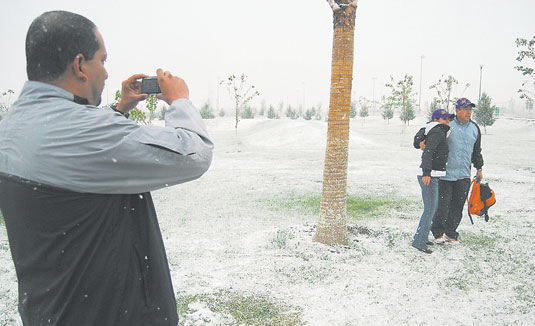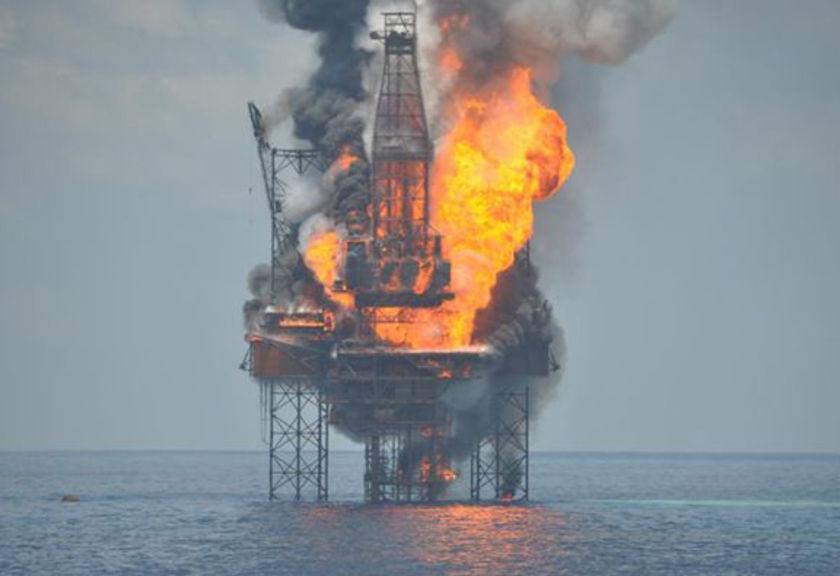
© El DiarioThe Ice Age cometh: local residents pose for photographs in the snow. In Mexico. In May!
The 50th cold wave entered Friday night to the [Chihuahua] State, and caused a
snowfall in 18 municipalities. The snow reached 18 centimeters in Ignacio Zaragoza and 12 centimeters in Gomez Farías.In the state capital, the weather phenomenon took people by surprise, since for 32 years it did not snow in May, said spokesman of the State Civil Protection Unit, Martín de la Rosa.
The municipalities that were covered in white from the early hours of Saturday are: Aldama, Aquiles Serdan, Bocoyna, Buenaventura, Casas Grandes, Cuauhtémoc, Chihuahua, Galeana, Gomez Farias, Guachochi, Guerrero, Ignacio Zaragoza, Madera, Matachi, Ocampo, Riva Palacio, San Juanito and Temosachic. It also snowed in San Juanito, Creel, Cusárare and in the region of Divisadero.
In the areas of Rubio and Anahuac, snow fell more intensely, while the inhabitants of Bachíniva, Namiquipa and Riva Palacio, also reported to the Civil Protection Unit of this phenomenon.
